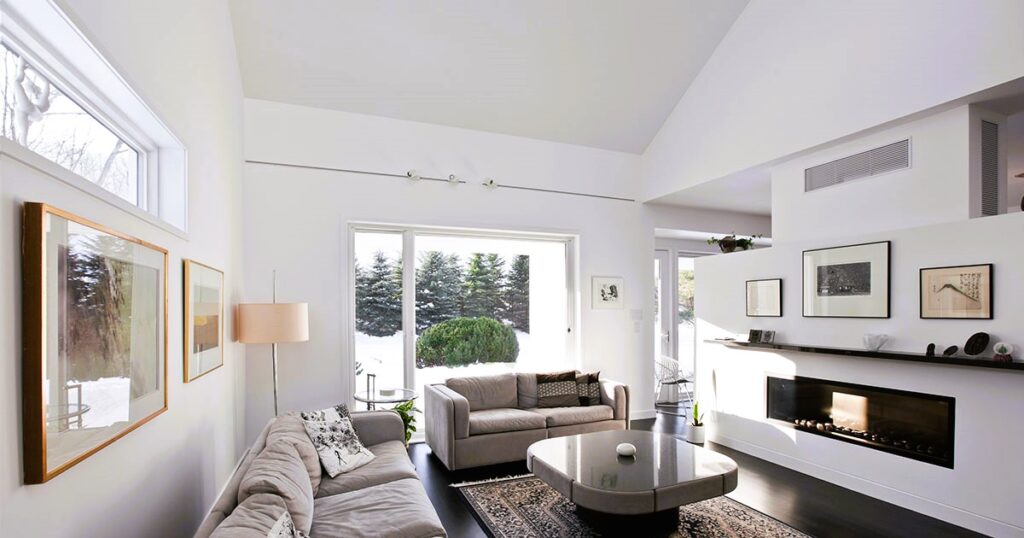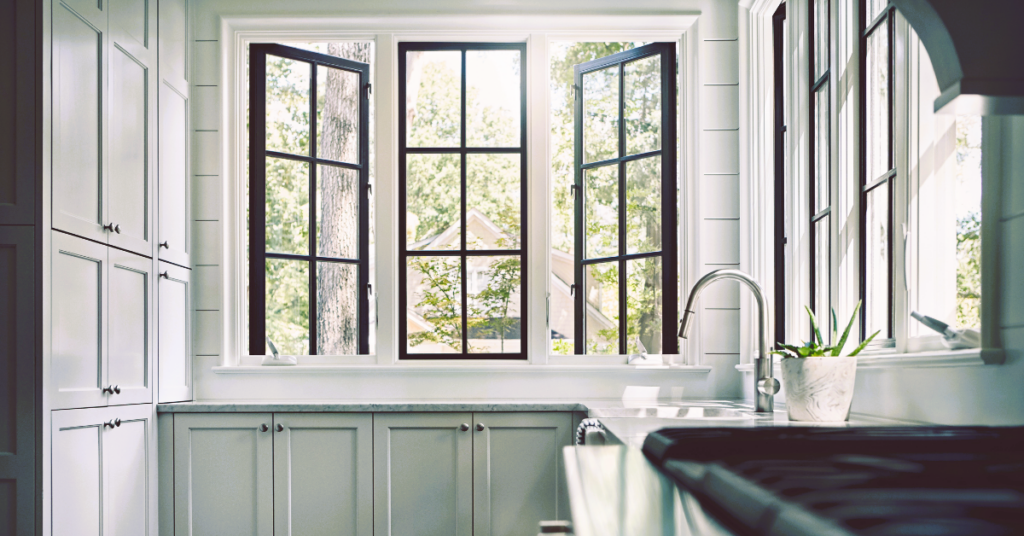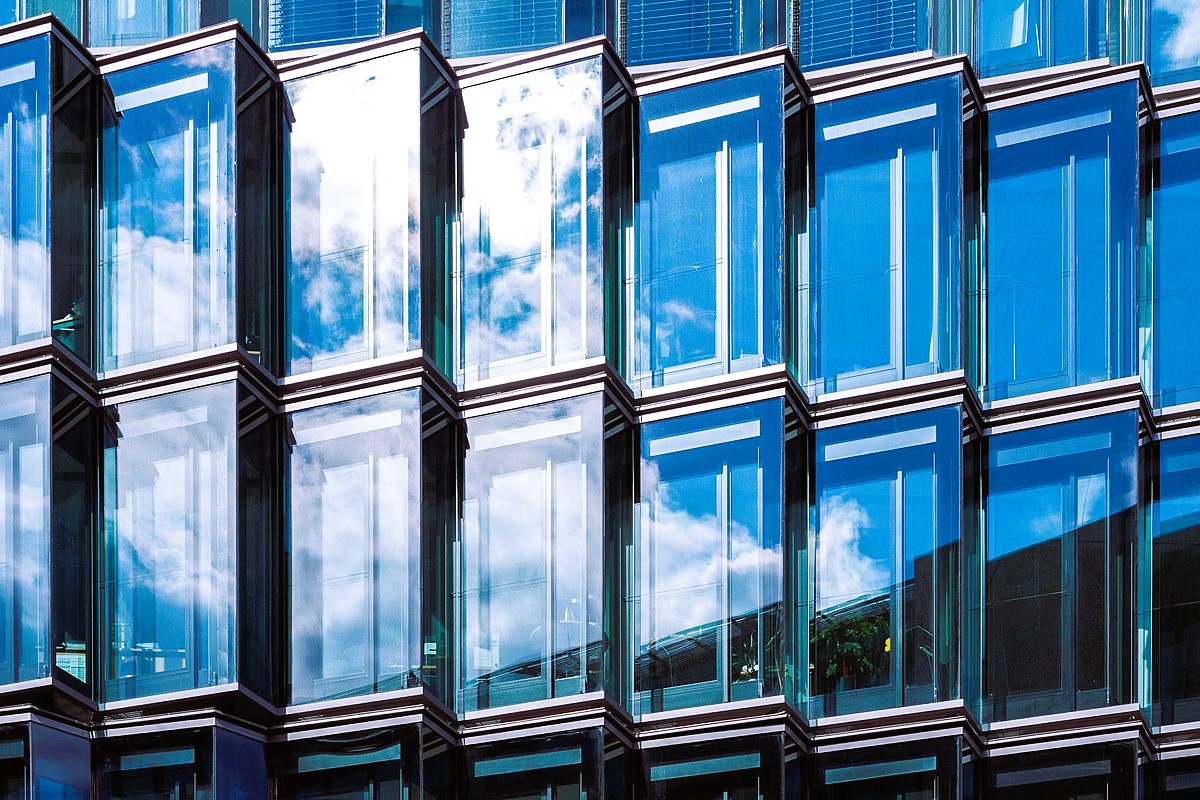When it comes to enhancing the energy efficiency of windows, Low-E (low-emissivity) glass has emerged as a game-changer. As energy conservation and sustainability become increasingly important, understanding the benefits of Low-E glass and its relevance to Canadian homes is crucial. In this article, we will explore how Low-E glass works, its advantages, and why it matters for homeowners in Canada.
What is Low-E Glass?
Low-E glass is a type of glass that has been treated with a microscopically thin, transparent coating. The term “Low-E” refers to low emissivity, which is the glass’s ability to reflect rather than absorb and radiate heat. This coating is typically composed of metallic oxide layers, such as tin or silver, that are applied to the glass surface during the manufacturing process. The thin coating acts as a selective filter, allowing sunlight to pass through while reducing heat transfer and blocking harmful UV rays.

How Does Low-E Glass Work?
Low-E glass works by manipulating the way heat is transferred through windows. It has two primary functions: reducing heat loss during cold weather and minimizing heat gain during hot weather.
- Winter Benefits: Retaining Heat
In the winter, Low-E glass helps keep the interior of your home warm by reflecting the heat generated by your heating system back into the room. The thin metallic coating reflects the radiant heat, preventing it from escaping through the windows. This reduces heat loss, improves insulation, and enhances energy efficiency, ultimately leading to lower heating costs.
- Summer Benefits: Blocking Heat
During the summer, Low-E glass acts as a barrier against solar heat gain. The coating reflects a significant portion of the sun’s infrared energy and UV rays, preventing them from entering your home. By reducing heat gain, Low-E glass helps maintain a cooler indoor environment, reducing the reliance on air conditioning and lowering energy consumption.
Advantages of Low-E Glass for Canadian Homes
- Energy Efficiency
Energy efficiency is a key advantage of Low-E glass. By reducing heat loss in winter and heat gain in summer, it helps maintain a comfortable indoor temperature year-round. This results in reduced reliance on heating and cooling systems, leading to lower energy bills and a smaller carbon footprint. Soundproofing Solutions: How to Reduce Noise through Window Upgrades.
- UV Protection
Low-E glass also provides excellent UV protection. The metallic coating blocks a significant portion of the sun’s UV rays, which can fade furniture, flooring, and artwork over time. By using Low-E glass, you can preserve the integrity and color of your interior furnishings while protecting your family from harmful UV radiation.
- Enhanced Comfort
The insulation properties of Low-E glass contribute to enhanced comfort within your home. It reduces cold drafts near windows during winter and minimizes the hot spots caused by direct sunlight in summer. By maintaining a more consistent indoor temperature, Low-E glass creates a comfortable living environment throughout the year.
- Fade Reduction
The reflective properties of Low-E glass help reduce fading of interior fabrics and materials caused by sunlight. By blocking a significant portion of the sun’s infrared energy and UV rays, it minimizes the damaging effects of solar radiation, prolonging the lifespan and vibrancy of your belongings.
- Noise Reduction
While not a primary function, Low-E glass can provide some level of noise reduction. The multiple layers of glass, along with the coating, help create a barrier against external noise, creating a quieter and more peaceful indoor environment.

Why Low-E Glass Matters for Canadian Homes
In Canada, where climates can vary greatly from region to region, the use of Low-E glass is particularly important. The energy-saving benefits of Low-E glass can help homeowners combat harsh winters and hot summers, leading to significant cost savings and improved comfort. With rising energy costs and a growing focus on sustainability, investing in Low-E glass is a smart choice for Canadian homeowners looking to reduce their environmental impact and enhance their living spaces.
In Conclusion
Low-E glass offers numerous advantages for Canadian homes. From improving energy efficiency and reducing heating and cooling costs to protecting against UV radiation and enhancing comfort, it is a valuable investment. By choosing Low-E glass for your windows, you can create a more sustainable and comfortable living environment while enjoying the long-term benefits of reduced energy consumption and lower utility bills. Embrace the power of Low-E glass and make a positive impact on both your home and the environment.

